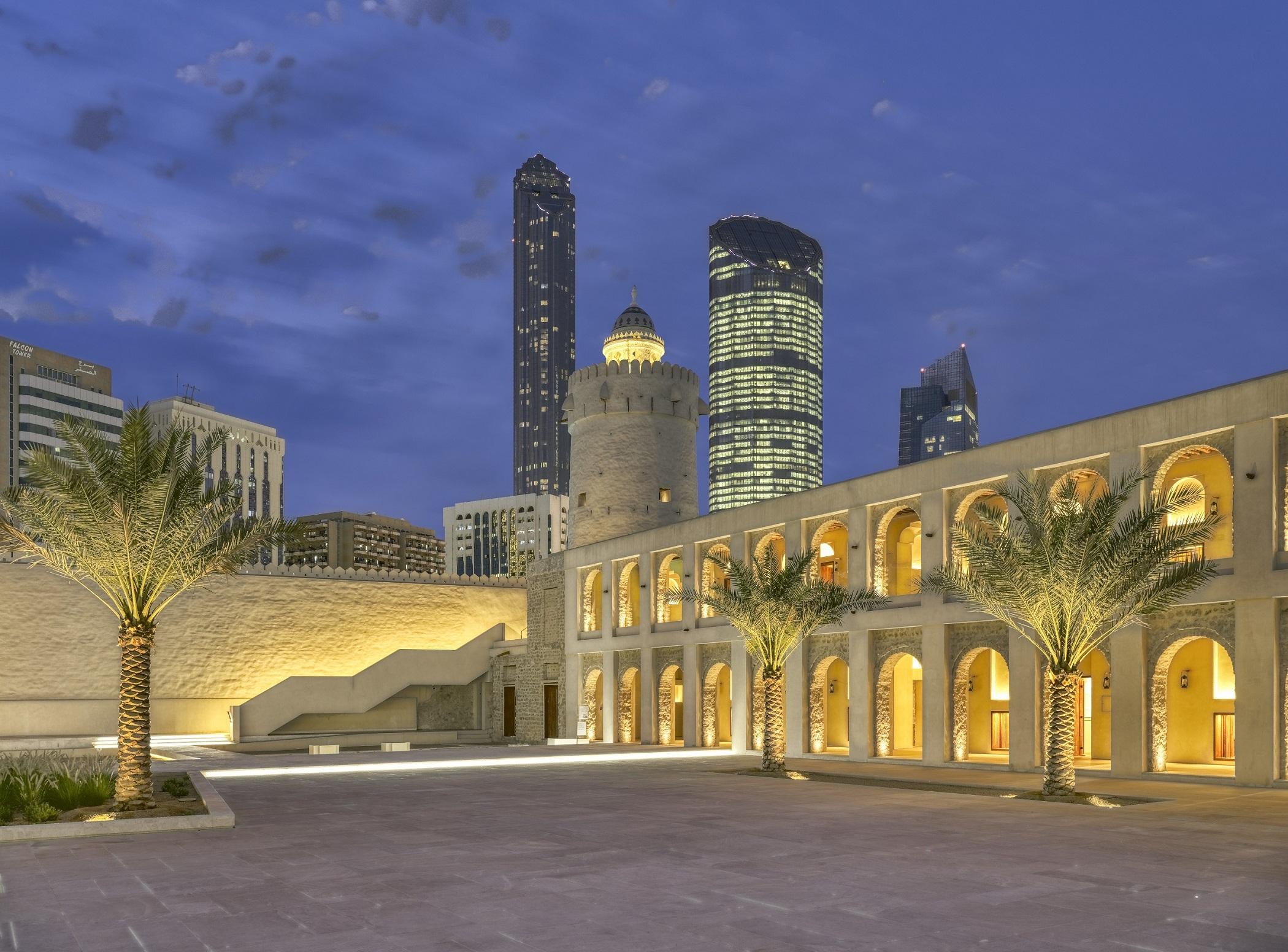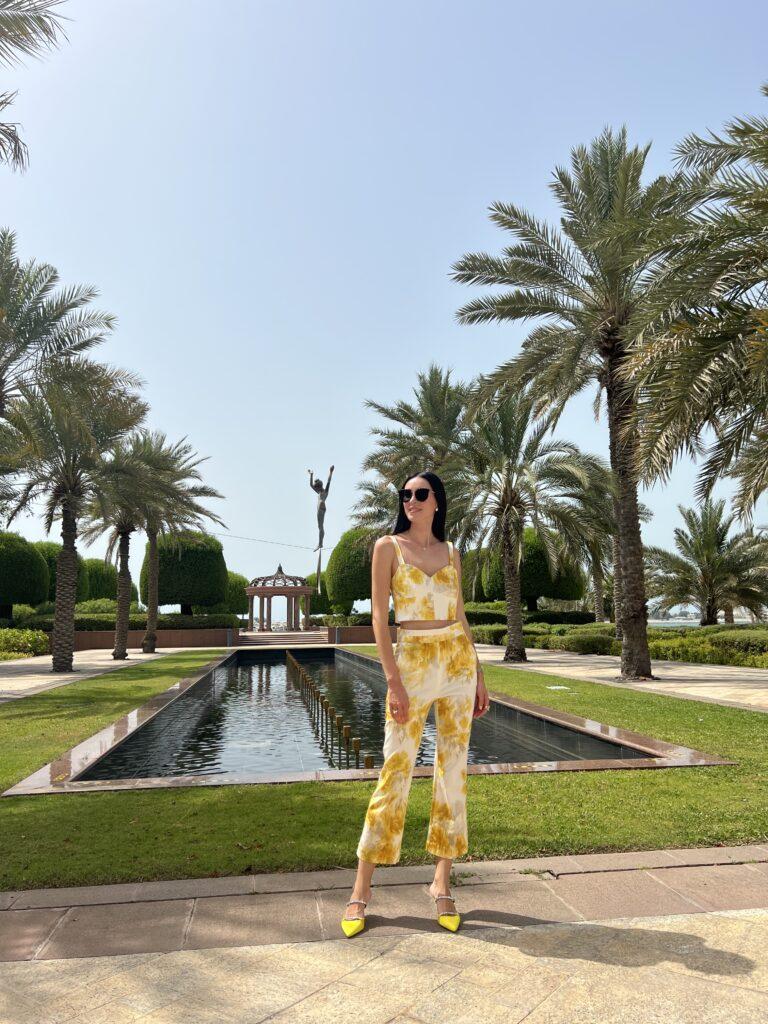Over the centuries, Qasr Al Hosn has been home to the ruling family, the seat of government, a consultative council, and a national archive; it now stands as the nation’s living memorial and the narrator of Abu Dhabi’s history. Qasr Al Hosn is part of a larger historic complex that also includes the National Consultative Council building and the Cultural Foundation. Qasr Al Hosn is the oldest and most significant building in Abu Dhabi, holding the city’s first permanent structure; the watchtower. Built in 1790, the commanding structure overlooked the coastal trade routes and protected the growing settlement established on the island. Qasr Al Hosn comprises two major iconic buildings: the Inner Fort (originally constructed in 1795) and the Outer Palace (1939-45). Over the centuries, it has been home to the ruling family, the seat of government, a consultative council, and a national archive; it now stands as the nation’s living memorial and the narrator of Abu Dhabi’s history. Transformed into a museum in 2018 following more than eleven years of intensive conservation and restoration work, Qasr Al Hosn is a national monument that encapsulates the development of Abu Dhabi from a settlement reliant on fishing and pearling in the 18th century, to a modern, global metropolis, with displays of artifacts and archival materials dating back to as far as 6000 BC. The interior of the Al Hosn Fort has been modernized and is now used as a museum that traces the history and culture of Abu Dhabi, with oral histories and plenty of historical photographs on show. The courtyard and the magnificent tilework over the main northern gate are notable features.


